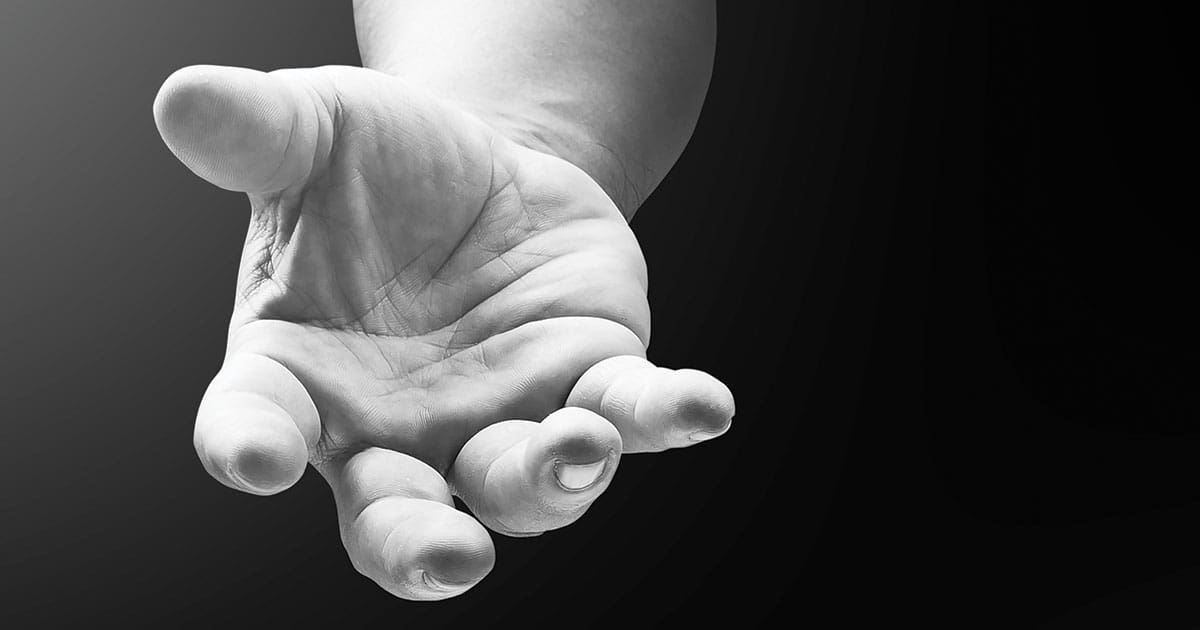A patient came in on one of my last days at the hospital. He was walking down the street when a car jumped the curb and hit him. He is brought in by EMS, and right when he is laid on our stretcher, the chaos breaks out to examine him to see if and what is wrong with him physically.
The patient looks as relaxed as you can look after you were just nudged by a car on the sidewalk. He is answering questions, he is breathing well, he has hand and feet movement (all of these give you a high score on the hospital grading test of how critical of a state you’re in).
After they grade him, you can feel a sigh of relief in the room. He is okay. He physically looks decent (again, for being hit by a car).
They get to inspecting the smaller, more detailed cuts and effects to his body and yelling out what they’re finding. The doctor is near his face, and I hear “He has a lac on his forehead,” as he yells what size and how deep the laceration, or “lac,” is.
The doctor continues down his body and calls out everything he sees. Physically, this patient looks great. But he has a lac on his forehead that will need stitches.
This reminds me of us all.
Physically, we look okay, we look fine. We smile, we laugh, we go about our daily business of life. And yet, somewhere, deep in our soul, there is a laceration. We have a “lac.” The lac could be from a past wound, it could be some negative self image, it could be from abuse, it could be from fear. This laceration, this lac – this lack – is open and needs stitches and needs healing.
This lac – this lack – could be the outside view of an even deeper wound, one that we do not even know is bleeding out.
This Samaritan woman, she is longing. She is afraid. She is lost. She is lacking. She is us.
Our Lord approaches us, just as he approaches her. Peacefully, calmly, straightforward, but kind. He is not walking past us, on His way to the next person. He stops for you and for me.
And he sees our lac. He knows our lack. And He desires to fill it, to stitch us up, to bind our wounds, and heal our lack. He tells us to stop ignoring the cut and the bruise, and He recommends we acknowledge it. He says we are worthy of doing so.
He calls out the Samaritan woman’s past, he calls out her wounds, and He tells her to stop waiting for someone else to fill her up, to heal her wounds, to stitch her lack, and he says, “I am He.”
He approaches us, examines us, much like a good doctor. He sees that we are good, we are well, we are okay. But Jesus doesn’t stop there. He continues looking, searching, yearning to go deeper. He sees our lacerations, our wounds, our longings, our emptiness, our lack.
He calls them out, just like He did at the well. We cannot hide from our wounds when we are looking into the face of God. He sees us, and He knows us, and He says, “I am He.” The one we’ve been waiting for.
 Jenna Guizar is the founder and Creative Director of Blessed is She Women’s Ministry and Community. She is a wife and mom to four babies with one in heaven. Find out about Blessed is She here.
Jenna Guizar is the founder and Creative Director of Blessed is She Women’s Ministry and Community. She is a wife and mom to four babies with one in heaven. Find out about Blessed is She here.















São José, Esposo de Maria, Pai adotivo de Jesus orai por nos.
Que a graça do Espirito Santo cuide do Nosso Querido Papa Francisco
Que a graça do Espirito Santo cuide do nosso querido Papa Francisco.